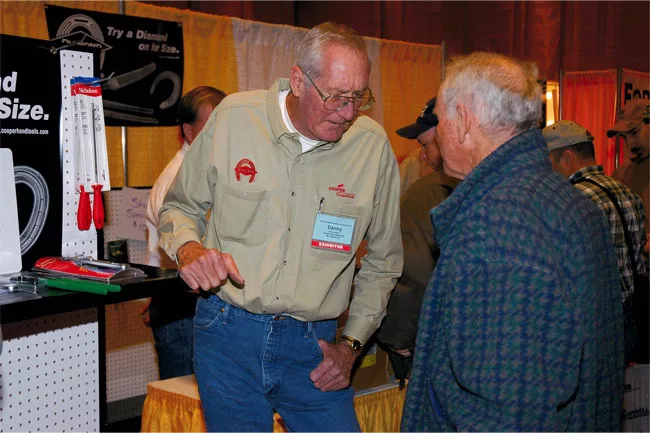American Farriers Journal
American Farriers Journal is the “hands-on” magazine for professional farriers, equine veterinarians and horse care product and service buyers.

Danny Ward has always believed a person with a good work ethic can do almost anything with about any tool. But the more he thought about it, the more he realized that good tools really complement the work of a good farrier.
“Having the right tools and taking good care of them can make the hard job of shoeing horses a little bit easier,” says the owner of the Danny Ward Horseshoeing School in Martinsville, Va.
Speaking at the fourth annual International Hoof-Care Summit in Cincinnati, Ohio, Ward shared a number of tool maintenance and modification ideas with attendees.
Ward’s best maintenance advice is to oil your tools lightly. Avoid overloading a tool with oil since the excess oil will only attract more destructive dirt and grime.
When determining proper anvil height, the traditional idea of balling your fist up and dropping your arm so the your knuckles touch the top of the anvil face doesn’t work for most people. It’s because farriers come in all different heights with varying arm lengths.
He says the proper height for an anvil is normally 3 or 4 inches higher than what you would expect. “We’re bent over horses enough that we don’t need to be bent over the anvil,” he says. “Working on an anvil at the wrong height can lead to a sore back. It is hard to work with your knees bent to reach an anvil that is positioned too low.”
While some shoers keep their anvil at a lower…